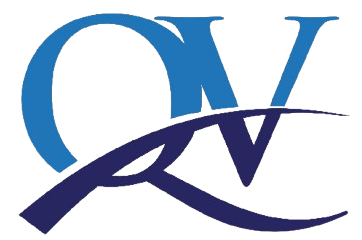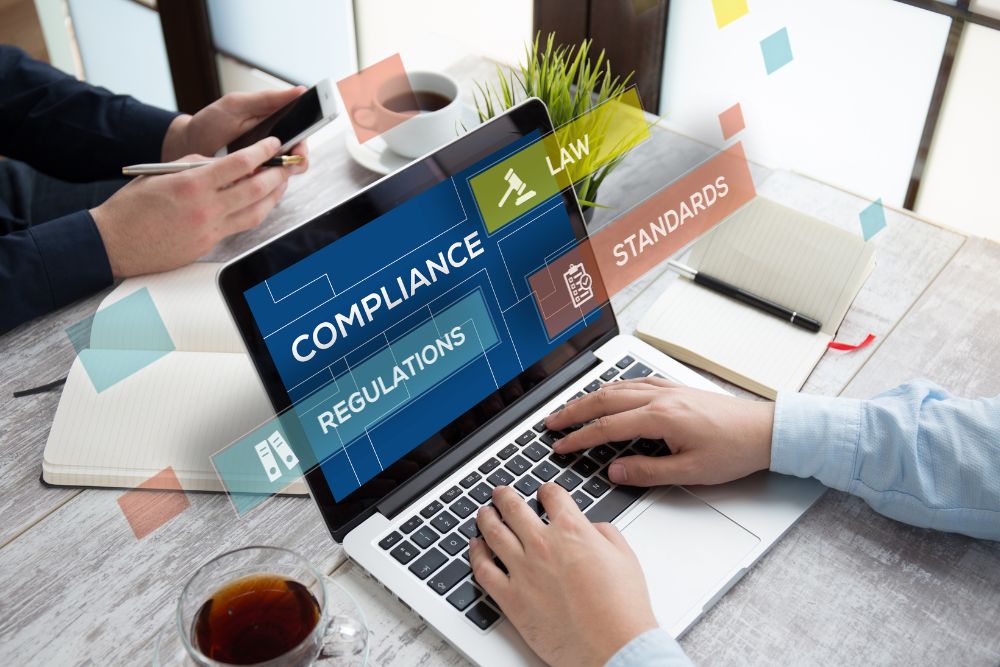Pharmacovigilance plays a vital role in maintaining drug safety throughout the product lifecycle, and at the heart of this system lies compliance with Good Pharmacovigilance Practice (GVP). To ensure that companies meet their regulatory obligations, regular audits are essential. These audits evaluate the robustness of pharmacovigilance systems, identify gaps, and highlight areas for improvement.
Whether you’re preparing for an inspection or aiming to strengthen internal controls, understanding the GVP audit process is critical for long-term compliance.
What Is a GVP Audit?
A GVP audit is a systematic review of your pharmacovigilance system, procedures, and documentation to verify compliance with GVP guidelines. These audits are designed to ensure that your organisation is effectively collecting, managing, and reporting safety data, and that it is meeting its responsibilities under EU legislation and local regulatory requirements.
GVP audits may be conducted internally by your QA team or externally by an independent GVP auditor.
Key Objectives of a GVP Audit
- Assess compliance with applicable pharmacovigilance regulations (e.g., EU GVP Modules)
- Evaluate the quality and effectiveness of safety data handling and reporting
- Verify the integrity of documentation, including SOPs and the Pharmacovigilance System Master File (PSMF)
- Ensure staff are adequately trained and processes are clearly defined
- Identify non-compliance, inefficiencies, or risks within the PV system
What Does a GVP Auditor Review?
A good pharmacovigilance practice auditor typically reviews areas such as:
- Case processing and adverse event reporting timelines and accuracy
- Signal management procedures, including detection, validation, and communication
- Risk management plans (RMPs) and their implementation
- Qualified Person responsible for Pharmacovigilance (QPPV) oversight
- Periodic safety update reports (PSURs) or Periodic Benefit-Risk Evaluation Report (PBRER) and submission tracking
- SDEAs and vendor oversight, especially when pharmacovigilance functions are outsourced
- Quality management systems (QMS), including deviations, CAPAs, and audit trails
- Training records, SOP compliance, and staff responsibilities
Preparing for a Pharmacovigilance Compliance Audit
Preparation is essential for a smooth and successful audit. Here’s how to get ready:
- Ensure the PSMF is current and accurately reflects the PV system
- Review and update SOPs for alignment with current GVP guidance
- Conduct internal self-assessments to identify gaps early
- Ensure that all team members involved in PV are trained and aware of their roles
- Keep records of previous audits, CAPAs, and follow-up actions to show ongoing improvement
Why GVP Audits Are Critical
A GVP audit is more than a checkbox exercise. It helps you:
- Identify compliance risks before they lead to findings in regulatory inspections
- Strengthen internal processes and improve overall pharmacovigilance quality assurance
- Demonstrate a commitment to patient safety and regulatory responsibility
- Enhance organisational reputation by maintaining a strong compliance culture
How Q&V Can Help You Achieve and Maintain GVP Compliance
At Q&V, we specialise in helping life sciences organisations navigate the complexities of GVP compliance with confidence. Our expert GVP auditors provide independent assessments, tailored audit programmes, and inspection readiness support designed to meet both regulatory expectations and your operational needs.
Whether you’re preparing for an MHRA inspection, managing third-party vendors, or simply want a health check of your PV system, our team is here to help you safeguard compliance and strengthen quality.

